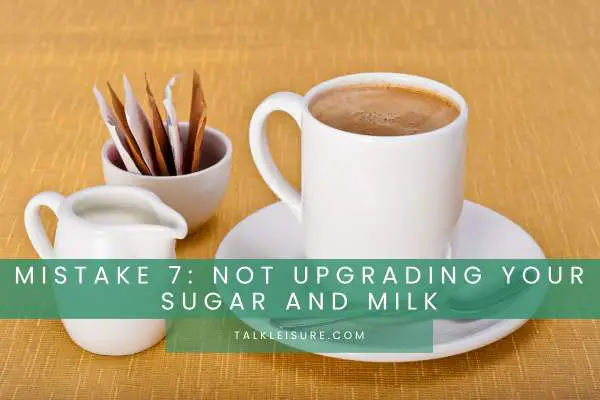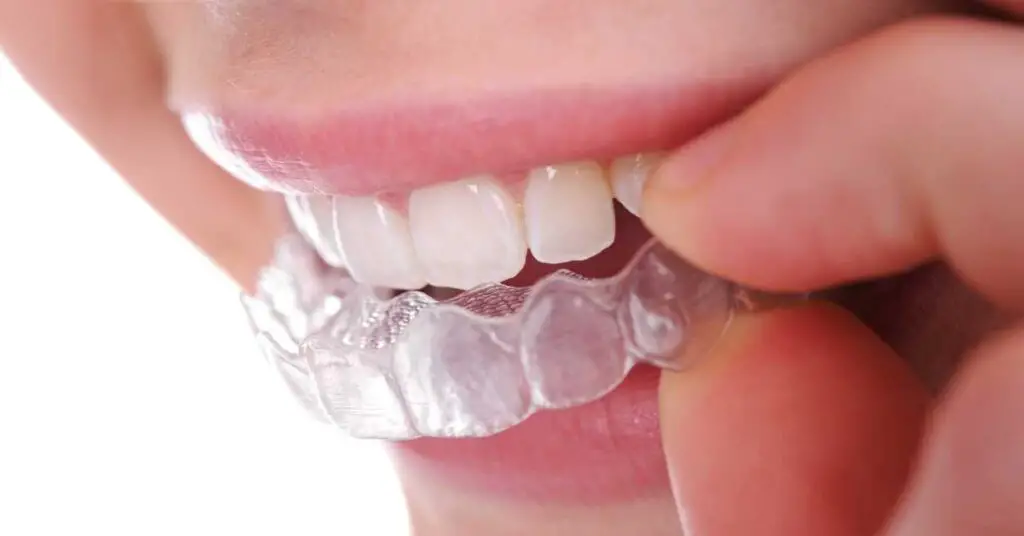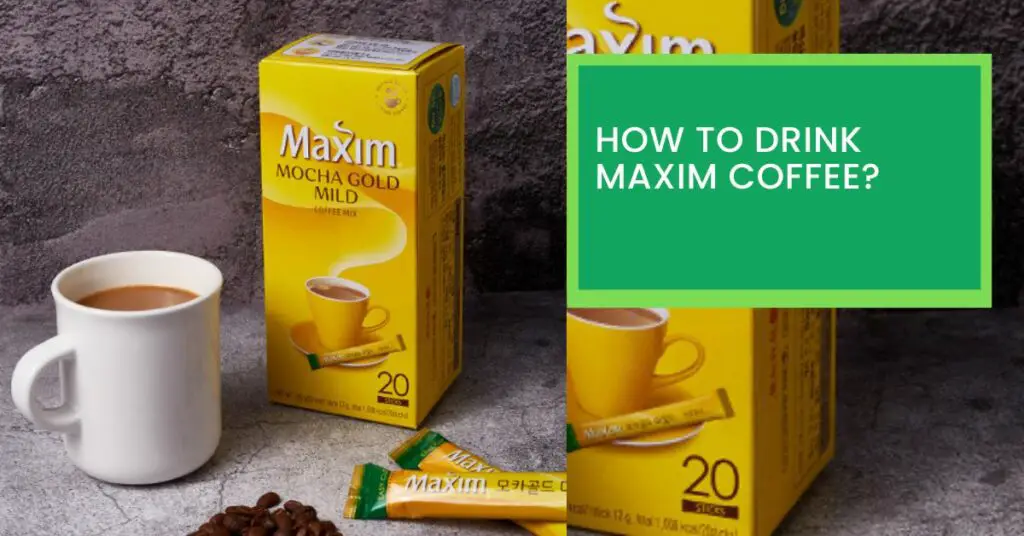You may be an avid coffee lover, brewing a cup every morning as a ritual to kickstart your day.
But have you ever stopped to consider if you’re making any mistakes that could compromise the quality and flavor of your brew?
In this article, we will delve into the common mistakes that many coffee enthusiasts inadvertently make when brewing their coffee.
By identifying and rectifying these mistakes, you can elevate your coffee experience to a new level.
So go ahead, grab your favorite beans, and embark on a journey of coffee perfection.
Mistake 1: Using Water That Isn’t Hot Enough

One common mistake that many people make when brewing their coffee is using water that needs to be hotter.
While it may seem like a minor detail, the temperature of the water plays a crucial role in the brewing process.
When the water is too cold, it can result in a weak and under-extracted cup of coffee.
On the other hand, if the water is too hot, it can lead to over-extraction, resulting in a bitter and unpleasant taste.
The ideal temperature for brewing coffee is between 195°F and 205°F (90°C to 96°C).
This temperature range helps to extract the flavors and aromas from the coffee grounds in an optimal way, allowing for a balanced and flavorful cup of coffee.
To avoid this mistake, it’s essential to invest in a good quality kettle with a built-in thermometer or temperature control.
This will ensure you use water at the correct temperature each time you brew.
Additionally, it’s important to note that once the water reaches the desired temperature, it should be used immediately.
Allowing the water to cool down too much before pouring it over the coffee grounds can also affect the overall taste and quality of the brew.
By paying attention to the temperature of your water and ensuring it falls within the recommended range, you can avoid using water that needs to be hotter and enjoy a delicious cup of coffee every time.
Mistake 2: Using Beans That Were Ground a Long Time Ago
Using beans that were ground a long time ago is a common mistake that many people make when brewing their coffee.
While it may seem convenient to use pre-ground coffee, it can hurt the taste and quality of your brew.
When coffee beans are ground, they lose their flavor and aroma.
This happens because the oils and compounds that give coffee its rich taste start to oxidize and break down when exposed to air.
The longer the beans have been ground, the more flavor they will lose.
To avoid this mistake, it is best to buy whole beans and grind them just before you are ready to brew your coffee.
This ensures that you are getting the freshest flavor possible. Investing in a good quality grinder will also make a difference in the taste of your coffee.
Additionally, when storing your coffee beans, it is essential to keep them in an airtight container away from direct sunlight and heat.
This will help to preserve their flavor and prevent them from going stale.
By avoiding using beans that were ground a long time ago, you can enjoy a fresher and more flavorful cup of coffee.
Remember, freshness is vital when brewing the perfect cup, so take the time to grind your beans right before you brew and store them properly for the best results.
Mistake 3: Pouring Into A Cold Cup

When it comes to brewing your coffee, the temperature of your cup matters more than you might think.
Pouring hot coffee into a cold cup can significantly affect the overall taste and experience.
Think about it this way: when you pour hot coffee into a cold cup, it rapidly cools down the coffee.
This can result in a lukewarm or even cold cup of joe, which differs from what you want when craving that warm and comforting sip.
To avoid this mistake, preheat your cup before pouring your freshly brewed coffee.
You can simply fill your cup with hot water while your coffee is brewing, then discard the water just before pouring in.
This minor step can make a significant difference in the temperature and quality of your coffee.
By preheating your cup, you ensure that your coffee stays at the optimal temperature for longer, allowing you to enjoy every sip without it cooling down too quickly.
Plus, it also helps to maintain the integrity of the flavors in your coffee, giving you the best tasting experience possible.
So next time you brew your coffee, remember to preheat your cup.
It’s a small but essential step to elevate your coffee-drinking experience and ensure you get the most out of your carefully brewed cup of joe.
Mistake 4: Drinking from the Wrong Kind of Cup
When brewing a delicious cup of coffee, the type of cup you choose to drink from may not seem like a big deal.
However, it can have a significant impact on the overall taste and experience.
One common mistake that many people make is using a paper or plastic cup instead of a ceramic or glass one.
While paper and plastic cups are convenient for on-the-go situations, they can absorb the flavors and aromas of the coffee, resulting in a less enjoyable taste.
Ceramic and glass cups, on the other hand, don’t alter the taste of the coffee and allow you to experience its flavors fully.
Another mistake is using cups that are too small. If your cup is too small, you may have a concentrated and overpowering coffee flavor.
It’s essential to choose a cup that allows the coffee to breathe and for you to savor the flavors at their best.
Furthermore, using cups with thick rims can also affect your coffee-drinking experience.
Wide rims can hinder the flow of the coffee into your mouth, making it difficult to taste the flavors fully.
Opting for cups with thinner rims will ensure a smoother and more enjoyable drinking experience.
To truly appreciate the flavors of your coffee, it’s essential to choose the right kind of cup.
Using ceramic or glass cups, selecting the appropriate size, and opting for cups with thinner rims can significantly enhance your coffee-drinking experience, allowing you to enjoy the flavors and aromas of your favorite brew fully.
So, next time you pour yourself a cup of coffee, choose the right cup to elevate your coffee experience to the next level.
Mistake 5: Using Stale Beans

Using stale beans is a common mistake many coffee enthusiasts make when brewing their cup of joe.
It may not seem like a big deal, but the freshness of your coffee beans can significantly affect the taste and quality of your brew.
When coffee beans are stale, they lose their flavor and aroma.
The oils in the beans begin to degrade, resulting in a dull and flat-tasting cup of coffee.
No matter how skilled you are at brewing, if you are using stale beans, you won’t be able to achieve that rich and robust flavor you desire.
To avoid this mistake, it is essential to purchase freshly roasted coffee beans and store them properly.
Look for beans roasted within the past two weeks for the best taste.
It is also essential to store your beans in an airtight container away from light, heat, and moisture, as these factors can cause the beans to deteriorate more quickly.
Another way to ensure the freshness of your beans is to grind them just before brewing.
Whole beans retain their flavor and aroma much better than pre-ground coffee, so investing in a good quality grinder can make a big difference in the taste of your coffee.
By avoiding using stale beans, you can elevate your coffee brewing experience and enjoy a delicious and flavorful cup of coffee every time.
Remember, freshness is vital when it comes to achieving that perfect brew.
Mistake 6: Eyeballing the Measurements
When it comes to brewing your coffee, precision is key.
Many people need to avoid eyeballing the measurements instead of using a specific ratio of coffee to water.
Whether you use a French press, a pour-over method, or an espresso machine, getting the right ratio is crucial for achieving that perfect cup.
Eyeballing the measurements may result in uneven extraction, leading to a strong or strong brew.
It’s essential to follow the recommended guidelines for the coffee-to-water ratio.
Usually, a ratio of 1:15 or 1:16 is recommended, which means for every gram of coffee, you should use 15-16 grams of water.
Invest in a good kitchen scale to measure your coffee and water accurately.
This will ensure consistency in your brew each time you make coffee.
Eyeballing the measurements might be convenient, but it can negatively impact the taste and quality of your coffee.
If you find that your coffee needs to be stronger or stronger, it’s time to start measuring your ingredients.
By following a precise ratio, you’ll have more control over the taste and strength of your brew, allowing you to adjust accordingly to your preferences.
So, avoid the temptation to eyeball the measurements. Instead, take a few extra seconds to measure your coffee and water accurately.
This small adjustment can greatly improve your coffee brewing experience and result in a consistently delicious cup of joe.
In the next section, we’ll discuss another common mistake that people make when brewing their coffee: not upgrading their sugar and milk.
Mistake 7: Not Upgrading Your Sugar and Milk

When it comes to brewing a perfect cup of coffee, many people tend to focus solely on the quality of the beans and the brewing method.
However, overlooking the quality of the sugar and milk you use can be a major mistake.
Upgrading your sugar and milk may not seem like a game-changer, but it can significantly enhance the overall taste and experience of your coffee.
Using low-quality sugar and milk can introduce unwanted flavors and alter the balance of your brew.
To avoid this mistake, it’s essential to seek out high-quality sugar and milk options.
Consider using organic or natural sweeteners like raw sugar or honey to add a hint of sweetness without overpowering the coffee’s flavor.
Opting for organic milk or plant-based alternatives can also contribute to a creamier and more delicious cup of coffee.
If you’re used to using standard white sugar and conventional milk, you might be surprised by the difference these upgrades can make.
Experiment with different types of sugar and milk to find the combination that best compliments your preferred brewing method and coffee flavor profile.
Remember, the goal is to enhance the natural flavors of the coffee, not overpower them.
By upgrading your sugar and milk, you can elevate your brewing process and create a more enjoyable coffee-drinking experience.
So don’t overlook the small details – get creative and explore the world of high-quality sugar and milk options to take your coffee to the next level.
Mistake 8: Using an Incorrect Coffee-to-Water Ratio

Using an incorrect coffee-to-water ratio can make or break your cup of coffee.
Many coffee lovers need to use more coffee grounds for the amount of water they are using, resulting in a brew that is either too weak or too strong.
The ideal coffee-to-water ratio is 1:16, which means using 1 gram of coffee for every 16 grams of water.
However, this ratio can vary depending on personal preference and the type of coffee you are using.
Using too much coffee can lead to an over-extraction, which tastes bitter and unpleasant.
On the other hand, using too little coffee can result in an under-extraction, where the coffee tastes weak and lacks flavor.
To ensure that you are using the correct coffee-to-water ratio, it’s essential to invest in a good coffee scale to measure the amount of coffee and water accurately.
This will help you achieve a consistently delicious cup of coffee every time.
Conclusion
In conclusion, brewing the perfect cup of coffee may seem simple, but there are common mistakes that many of us make.
By being aware of these errors and taking the necessary steps to correct them, you can significantly enhance your coffee brewing experience.
Firstly, you should avoid using low-quality or stale coffee beans.
Invest in high-quality beans and store them properly to ensure optimal freshness.
Secondly, make sure you’re using the correct coffee-to-water ratio. This will directly impact the flavor and strength of your brew.
Thirdly, take into account the importance of water temperature. Brewing with water that is too hot or too cold can result in a subpar cup of coffee.
Next, grinding your coffee beans only a short time in advance. Freshly ground beans will elevate the taste and aroma of your coffee.
Furthermore, be cautious of using old or dirty coffee equipment.
Regularly clean and maintain your coffee maker, grinder, and other brewing tools for a better-tasting brew.
Additionally, avoid over-extracting or under-extracting your coffee. Finding the right brewing time and water flow is crucial for a balanced and flavorful cup.
Moreover, resist the urge to use tap water if it has a strong taste or odor.
Opt for filtered water to avoid any unpleasant flavors in your brew.
Lastly, take your time with the brewing process.
Take the time to enjoy the process and give your coffee the necessary time to steep and develop its flavors.
By avoiding these mistakes and paying attention to the details, you can elevate your coffee brewing game and enjoy a delicious cup of joe every time.
So, go ahead and put these tips into practice, and savor the rich and satisfying experience of perfectly brewed coffee.
Related Posts: 12 Coffee Hacks Every Coffee Lover Should Know






